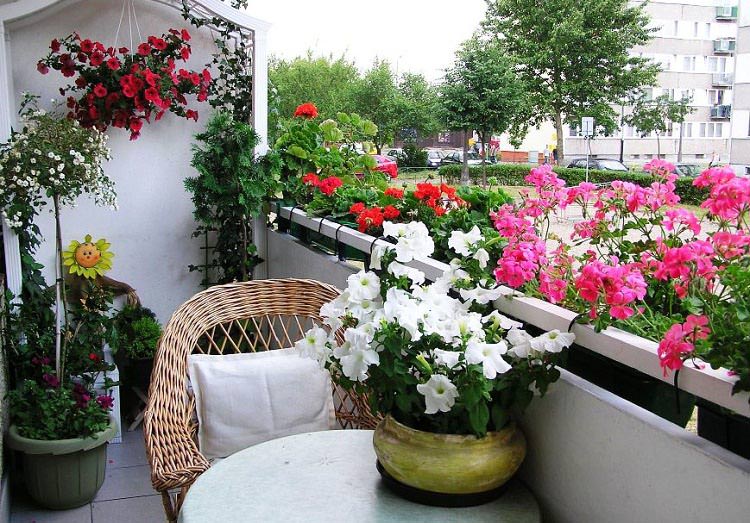As the frost creeps in and temperatures begin to drop, it’s not just your wardrobe that needs an update—your indoor plants require a seasonal transition too! Winter brings its own set of challenges for plant parents, but with a few proactive steps, you can ensure that your leafy companions thrive even in the chilliest months. So, let’s dive into some essential winter plant care tips to keep your indoor jungle lush and vibrant.
Understanding Winter’s Impact on Indoor Plants
Winter isn’t just about cold weather—it also brings shorter days, lower light levels, and drier air due to indoor heating. These factors can stress your plants, making them more susceptible to wilting or yellowing leaves. But don’t worry! With the right care routine, you can help your winter indoor plants or outdoor adapt to the seasonal shift.
Adjust the Watering Schedule
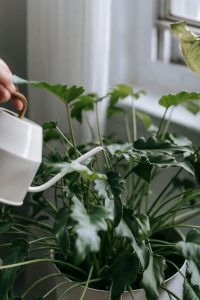
Source: Pexels
During winter, indoor plants tend to go dormant, meaning their growth slows down. Overwatering can quickly become a problem since they don’t absorb water as actively as in warmer months.
Tip: Check the soil’s moisture level before watering. If the top two inches feel dry, it’s time for a drink. Plants like Peace Lilies or Snake Plants (available on FNP) are particularly sensitive to overwatering during winter, so keep an eye on them.
Maximise Natural Light

Source: Pexels
Shorter days mean less sunlight, which is vital for photosynthesis. Place your plants closer to windows to ensure they soak up as much daylight as possible. South-facing windows are ideal but don’t forget to rotate the pots occasionally to prevent uneven growth.
For plants like the Ficus Bonsai or White Orchid Plant from FNP, ensuring adequate light is crucial. These beauties thrive in bright but indirect sunlight, making them perfect winter companions.
Monitor Indoor Humidity
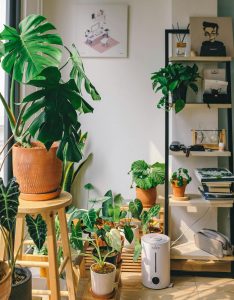
Source: Pexels
Winter’s dry air can leave your plants parched, especially those that love humidity, such as Ferns or Anthuriums. Dryness can cause browning leaf tips and stress your plants.
Tip: Use a humidifier or place a tray of water near your plants to increase moisture in the air. Grouping plants can also help create a mini-humid microclimate.
Keep the Temperature Stable

Source – Pexels
Indoor plants prefer a consistent temperature. Keep them away from cold drafts, such as windows or doors, and ensure they aren’t too close to heaters, which can scorch their leaves.
Pro Tip: If you have an Aloe Vera Plant or Cactus in a Glass Jar, they are more resilient to temperature fluctuations but still appreciate some TLC during winter.
Dust Those Leaves

Source: Pexels
Winter dust buildup can block the light your plants desperately need. Wipe their leaves gently with a damp cloth every couple of weeks. This not only helps with photosynthesis but also keeps your plant looking vibrant and healthy.
Hold Off on Fertilising

Source: Pexels
Winter is a time for rest, not growth. Avoid fertilising your plants during this dormant period, as it can overwhelm them. Resume feeding them once spring arrives and they show signs of active growth.
Choose Winter-Resilient Indoor Plants
If you’re thinking of adding to your plant family this winter, consider hardy options that thrive in low-light or cooler conditions.
Sansevieria (Snake Plant): Known for its air-purifying qualities, it’s low-maintenance and survives almost anything.
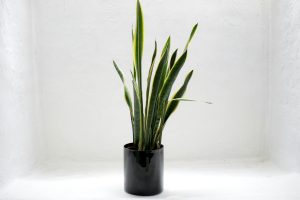
Source: Pexels
Lucky Bamboo: Lucky Bamboo are Perfect for adding a touch of greenery to your home, requiring minimal light and care.
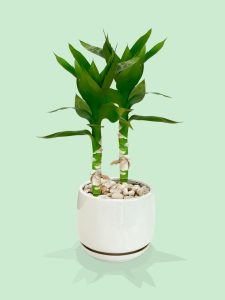
Source: Pexels
Dieffenbachia Camillia: A striking foliage plant that tolerates moderate indoor conditions.
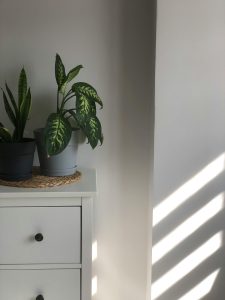
Source: Pexels
You can shop all these amazing options on the FNP website and enjoy seamless delivery right to your doorstep!
Repotting? Not Now!

Source: Pexels
Winter isn’t the ideal time to repot your plants. Repotting can disturb their roots, which are already stressed due to slower growth. Wait until spring when they start showing signs of active development.
Caring for indoor plants during winter might seem daunting, but with the aforementioned plant care tips, you’ll find it’s easier than you think. It’s all about understanding their seasonal needs and making small adjustments to your routine.
Also, if you’re looking to add new members to your indoor jungle or want to gift greenery to a loved one, explore the beautiful range of winter indoor plants on FNP. From Orchids to Succulents, there’s something for every home and heart.





